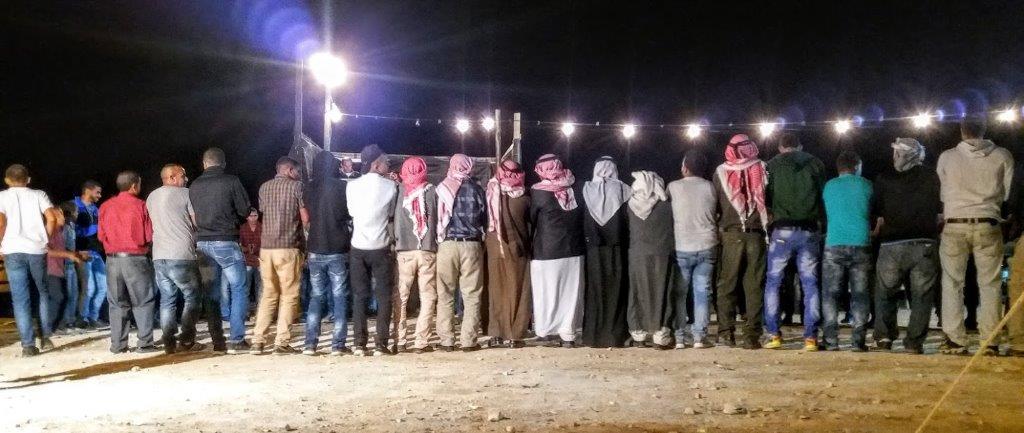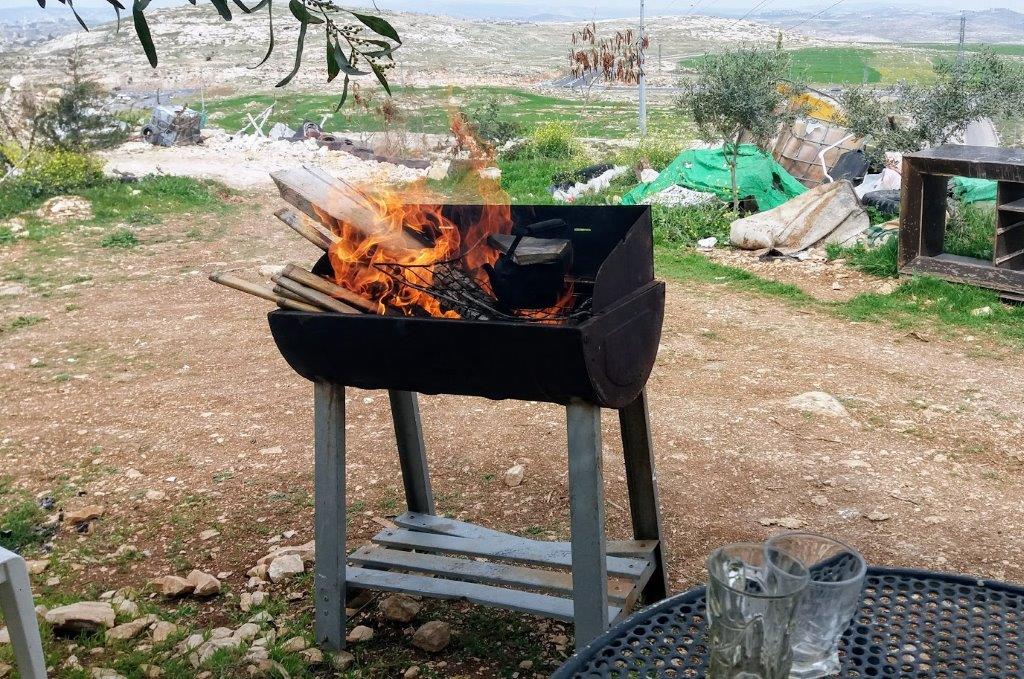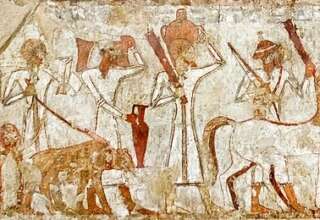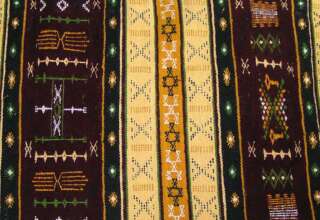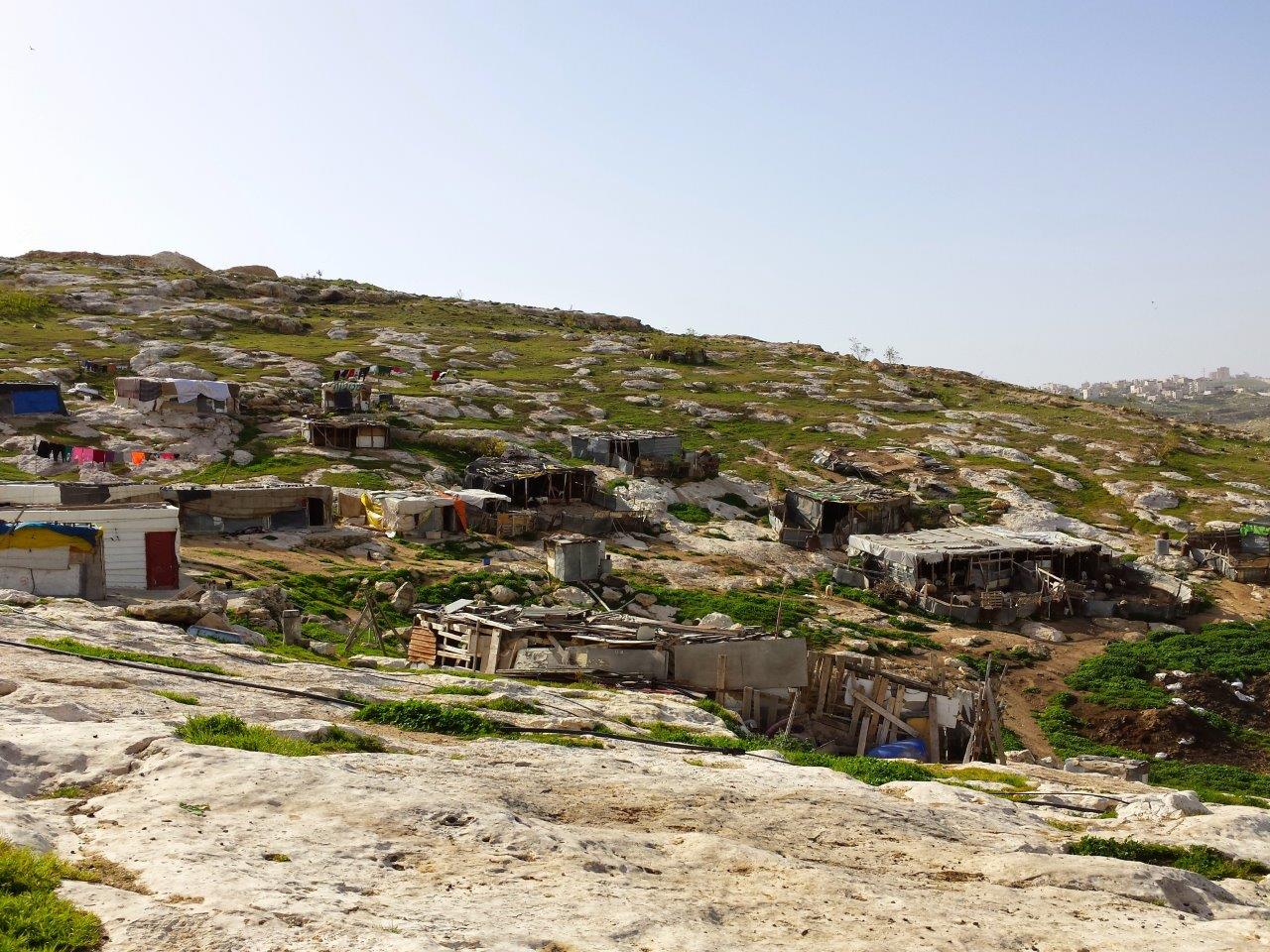
It is clear that any friendship is affected by socio-economic factors (Allan, 1998). Looking at the cultural influences of social class makes things even more complicated (Howard & Tappan, 2009). I was raised on Western upper middle class values, while Bashar was raised on Middle-Eastern lower middle class values. Although my socio-economic status is lower than that of my parents, as compared to Israeli standards I believe I still would be considered upper middle class. Bashar moved up in socio-economic status, and in comparison with Palestinian society, he probably would be considered upper middle class as well. Nevertheless, his values and attitudes are likely to be more similar to those common in Israeli or Dutch working class, than to those common in the Israeli or Dutch upper middle class.
With little knowledge of another cultural group, it is easy to over generalize and to use stereotypes. In fact, much has been written about the stereotyping of the Orient by Western powers (Said, 1985; Varisco, 2007). It is therefore of great importance to realize the diversity within diverse groups (Jones, 2010). The Israeli and Dutch populations (and to lesser degree the Palestinian and Bedouin populations) consist of subcultures, all of which influence the dominant culture and those individuals living in these cultures. Moreover, within each religion there are subcultures, with rather divergent life styles. In sum, the cultural identities of each of us are composite. When analyzing an individual, it is likely to be an impossible venture to disentangle personal from cultural variables, since, there is a complex relationship between personal narratives of identity and the master narratives of our societies (Hammack, 2008).



